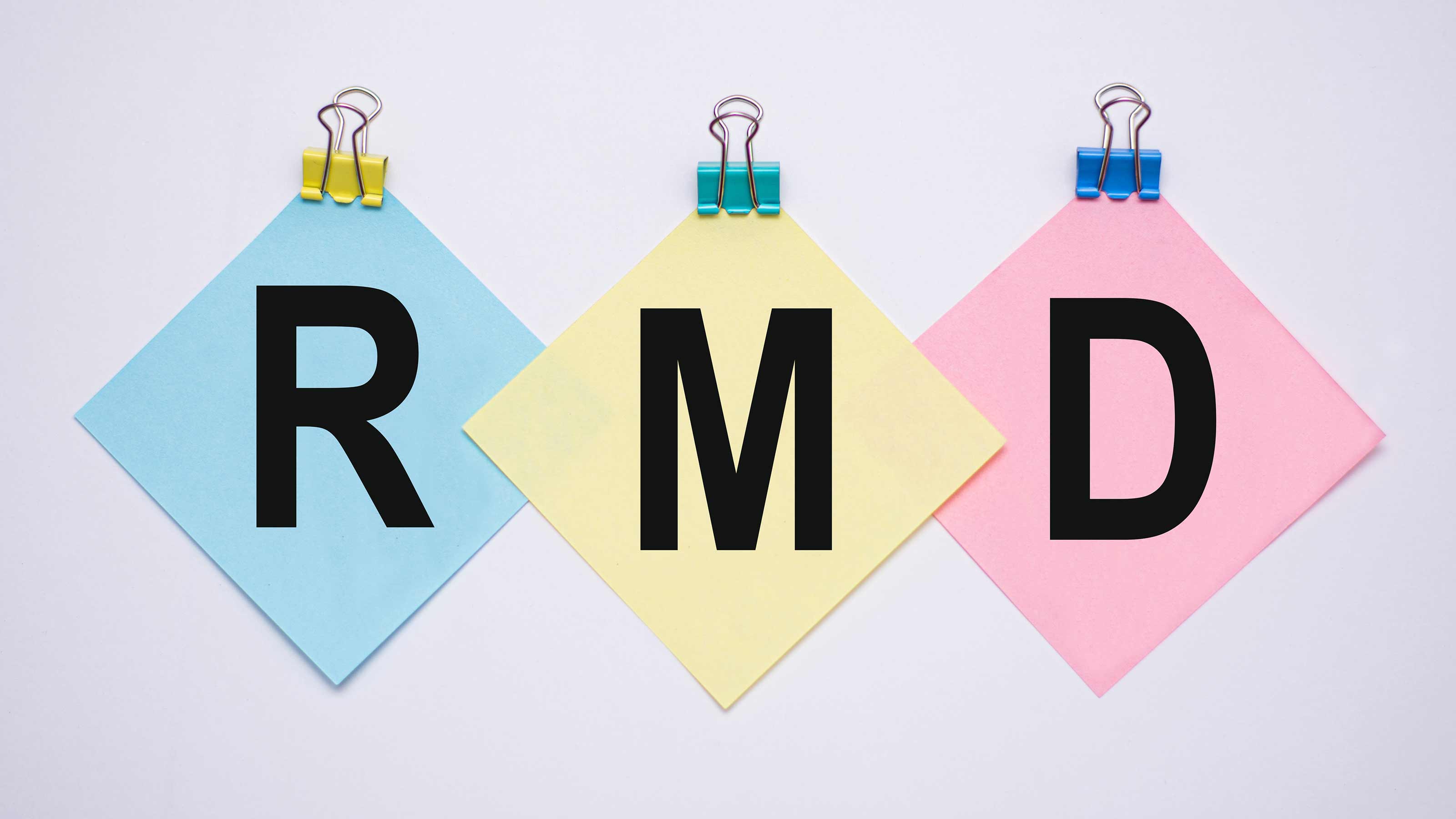Great Funds to Own in Retirement
New retirees with decades ahead of them still need a growth-oriented mix of stocks and bonds.

Retiring is a major milestone, but when it comes to your investing strategy, leaving behind the 9-to-5 grind shouldn't alter your mindset too much. "When you retire, virtually nothing has changed," says Tim Courtney, chief investment officer at Exencial Wealth Advisors in Oklahoma City. "You still have the same life expectancy, though you're a little bit older, and you still have to make that money stretch over the rest of your life."
Tool: Mutual Fund Finder
With perhaps 20 or 30 years ahead of you, keep your focus on growth. There are model portfolios to suit a variety of needs. Courtney, for one, recommends putting 15% to 30% of your retirement portfolio in high-quality bonds and 5% to 15% in riskier bonds. The remainder should go into “growth investments”—primarily U.S. stocks. Of the stock portion of your portfolio, at least 30% should go toward international stocks, including emerging-markets stocks, and 5% to 15% should go toward real estate investment trusts.
A smart way to assemble any investment portfolio, including a retirement portfolio, is to put your money in low-cost, no-load mutual funds. Here are a few funds that can help you meet your retirement goals (all returns are through June 25).
From just $107.88 $24.99 for Kiplinger Personal Finance
Become a smarter, better informed investor. Subscribe from just $107.88 $24.99, plus get up to 4 Special Issues

Sign up for Kiplinger’s Free Newsletters
Profit and prosper with the best of expert advice on investing, taxes, retirement, personal finance and more - straight to your e-mail.
Profit and prosper with the best of expert advice - straight to your e-mail.
Buy American
For cheap exposure to U.S. stocks, look no further than Vanguard Total Stock Market Index (VTSMX). The fund, which charges just 0.17% in annual expenses, tracks the performance of more than 3,600 domestic stocks of companies of all sizes. Over the past year, it has returned 26%, pacing the performance of Standard & Poor's 500-stock index, which includes mostly large companies, as well as the broader Russell 3000 index. The required minimum initial investment is $3,000. If you favor exchange-traded funds, Vanguard Total Stock Market ETF (VTI) is comparable to the mutual fund.
Look to another Vanguard mutual fund for an affordable way to invest in U.S. real estate. Vanguard REIT Index (VGSIX) is devoted to domestic REITs, companies that own income-generating properties ranging from apartment buildings to hotels to health care facilities. The fund has outperformed its real estate category average over the past 1-, 3-, 5- and 10-year periods, including a 9.6% annualized return over the past decade. As a bonus, Vanguard reports a current yield of 2.4%. Annual expenses are a mere 0.24%, and it costs $3,000 to get started in the fund.
Venture Outside the U.S.
You should diversify your portfolio by storing some of your investment dollars abroad. Cambiar International Equity (CAMIX), a newcomer to the Kiplinger 25, a list of our favorite no-load mutual funds, is a good choice for stocks in developed international markets. The fund’s managers seek out bargains among big, well-known companies that they believe are experiencing temporary setbacks. Recent top holdings include Japan’s Nippon Telegraph & Telephone and Germany’s Daimler. For exposure to developing countries, consider another Kip 25 member, Harding Loevner Emerging Markets (HLEMX). Like many actively managed international funds, both of these funds have expenses can seem high compared with those of index funds. Cambiar charges 1.23%; Harding Loevner, 1.47%.
For a twist on overseas investing, Courtney likes Schwab Fundamental International Small Company Index (SFILX), which mimics the performance of the shares of more than 1,200 small foreign companies that make up the Russell Fundamental Developed ex-U.S. Small Company index. Traditional indexes weight stocks by market capitalization (share price times the number of shares outstanding), but a fundamental index measures companies based on other performance and valuation criteria. Over the past year, the Schwab fund has gained 26.7%. You can buy into the fund with just $100 initially, and you’ll pay a low 0.47% in annual expenses.
Bank on Bonds
No matter how carefully you plan your retirement, one thing you can’t anticipate is the state of the market after your big day arrives. "What happens if you need income from your portfolio at the same time that the market is in a downturn?" Courtney asks. To guard against being forced to sell stocks at an inopportune moment to raise cash, he says that ideally you should keep four to five years’ worth of living expenses in short-term, high-quality bonds.
For this purpose, Courtney recommends Vanguard Short-Term Investment-Grade (VFSTX), another Kip 25 member. Its portfolio of nearly 2,000 holdings includes a mix of U.S. Treasuries, foreign government bonds, corporate bonds, and bonds backed by assets such as loans and leases. The short-term nature of the fund also means it shouldn’t take too much of a hit once interest rates start to rise (bond prices and interest rates generally move in opposite directions).
Don't expect to get rich off this portion of your portfolio. "You're not going to get a whole lot of return from [this fund], but it's going to be relatively stable and keep pace with inflation," Courtney says. Over the past year, Vanguard Short-Term Investment-Grade has returned 3.4%. The fund yields 1.5%, requires $3,000 initially and costs just 0.20% in annual expenses.
Seek Additional Income Abroad
As a new retiree, you may be looking to generate more income from your investments to make up for your lost paycheck. To do so, Courtney recommends wading into riskier bonds, including some foreign bonds.
A great mutual fund for foreign bonds is Kip 25 member Fidelity New Markets Income (FNMIX). It invests primarily in debts issued by governments and corporations in developing nations, including Mexico, Venezuela and Indonesia. The current yield is an enticing 4.9%, and the 10-year annualized return is an impressive 10.4%. Annual expenses are 0.84%. (See Buy Emerging-Markets Bonds for other fund recommendations.)
Profit and prosper with the best of Kiplinger's advice on investing, taxes, retirement, personal finance and much more. Delivered daily. Enter your email in the box and click Sign Me Up.

Rapacon joined Kiplinger in October 2007 as a reporter with Kiplinger's Personal Finance magazine and became an online editor for Kiplinger.com in June 2010. She previously served as editor of the "Starting Out" column, focusing on personal finance advice for people in their twenties and thirties.
Before joining Kiplinger, Rapacon worked as a senior research associate at b2b publishing house Judy Diamond Associates. She holds a B.A. degree in English from the George Washington University.
-
 Are You Afraid of an IRS Audit? 8 Ways to Beat Tax Audit Anxiety
Are You Afraid of an IRS Audit? 8 Ways to Beat Tax Audit AnxietyTax Season Tax audit anxiety is like a wild beast. Here’s how you can help tame it.
-
 The Kiplinger Letter's 10 Forecasts for 2026
The Kiplinger Letter's 10 Forecasts for 2026The Kiplinger Letter Here are some of the biggest events and trends in economics, politics and tech that will shape the new year.
-
 We're retired and mortgage-free, but he wants to downsize.
We're retired and mortgage-free, but he wants to downsize.We've paid off our mortgage, have $970K in savings and $5K each month from Social Security. Kiplinger asked wealth planners for advice.
-
 What Does Medicare Not Cover? Eight Things You Should Know
What Does Medicare Not Cover? Eight Things You Should KnowMedicare Part A and Part B leave gaps in your healthcare coverage. But Medicare Advantage has problems, too.
-
 15 Reasons You'll Regret an RV in Retirement
15 Reasons You'll Regret an RV in RetirementMaking Your Money Last Here's why you might regret an RV in retirement. RV-savvy retirees talk about the downsides of spending retirement in a motorhome, travel trailer, fifth wheel, or other recreational vehicle.
-
 Estate Planning Checklist: 13 Smart Moves
Estate Planning Checklist: 13 Smart Movesretirement Follow this estate planning checklist for you (and your heirs) to hold on to more of your hard-earned money.
-
 Should You Rent in Retirement?
Should You Rent in Retirement?Making Your Money Last Renting isn't right for all retirees, but it does offer flexibility, and it frees up cash.
-
 The 5 Best Actively Managed Fidelity Funds to Buy and Hold
The 5 Best Actively Managed Fidelity Funds to Buy and Holdmutual funds Sometimes it's best to leave the driving to the pros – and these actively managed Fidelity funds do just that, at low costs to boot.
-
 The 12 Best Bear Market ETFs to Buy Now
The 12 Best Bear Market ETFs to Buy NowETFs Investors who are fearful about the more uncertainty in the new year can find plenty of protection among these bear market ETFs.
-
 6 RMD Changes We Could See This Year
6 RMD Changes We Could See This YearMaking Your Money Last Congress is considering two bills that would make major changes to required minimum distributions. Could your RMDs be affected?
-
 A Kiplinger-ATHENE Poll: Retirees Are Worried About Money
A Kiplinger-ATHENE Poll: Retirees Are Worried About MoneyMaking Your Money Last Concerns about recession, inflation and health care costs weigh on retirees and near retirees.